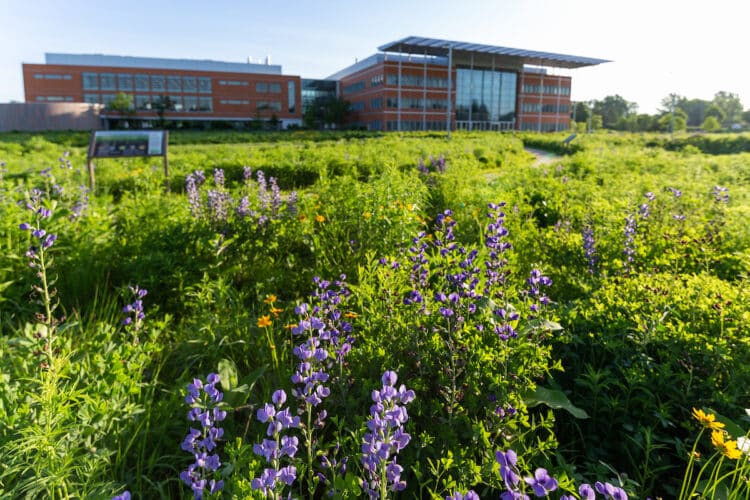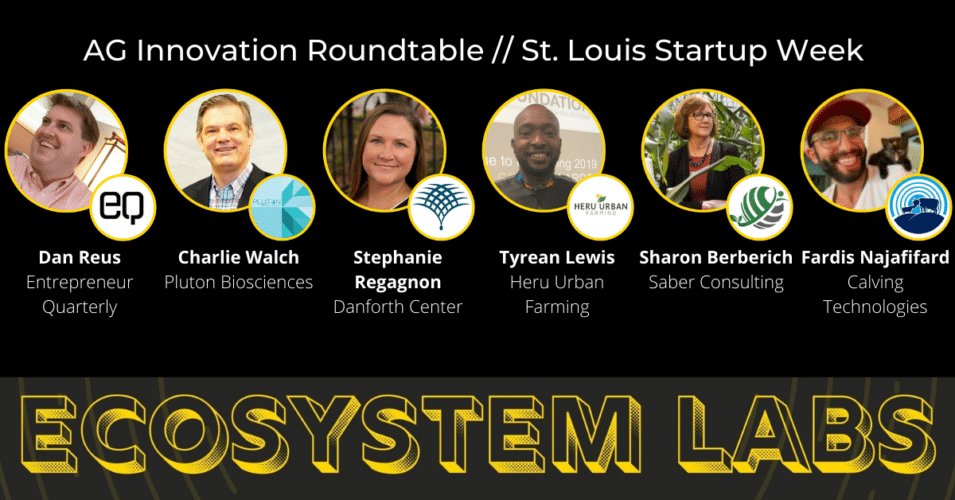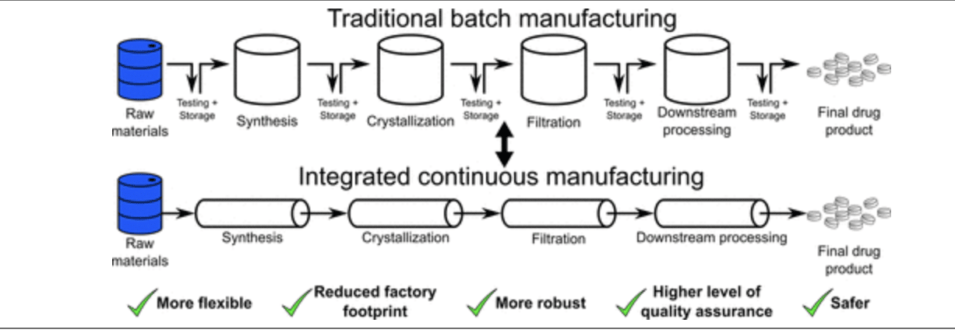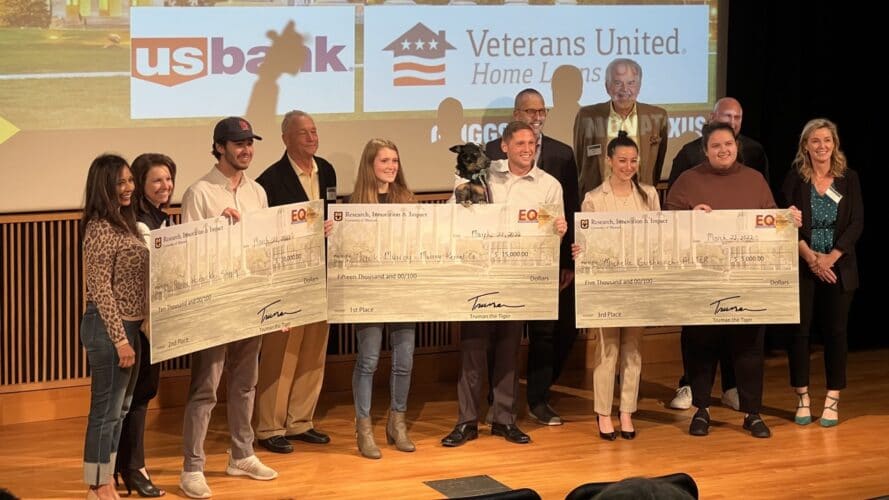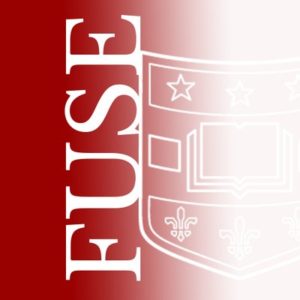7 Universities Team Up to Launch Taylor Geospatial Institute
Leaders from St. Louis’ business, civic, academic, and governmental communities announced the launch of the Taylor Geospatial Institute, a first-of-its-kind institution that brings together eight leading research institutions to collaborate on research into geospatial technology.
Eight institutions have announced the launch of the Taylor Geospatial Institute in a joint press-release sent to EQ. The establishment of the Institute implements one of the key components of the GeoFutures Strategic Roadmap, the St. Louis region’s plan to become the world’s geospatial center in the next decade.
“Geospatial is the critical technology in nearly everything we do, and it is imperative that St. Louis have the world’s leading geospatial research institution to fulfill our promise as the global center for geospatial technology in the next decade,” said Andrew C. Taylor, Executive Chairman of Enterprise Holdings, Inc. and Founding Chair of Greater St. Louis, Inc. “It is my hope that this institute will cement St. Louis as the world’s true center for geospatial excellence.”
Implementing the GeoFutures Strategic Roadmap
Announced in the summer of 2020, the GeoFutures Strategic Roadmap laid out a bold vision to strengthen St. Louis role as the global center for geospatial technology by 2030. One of the Roadmap’s strategic priorities was the establishment of an innovation collaborative that would, among other things, promote research into and development of geospatial applications.
“The Taylor Geospatial Institute not only fulfills the call in the GeoFutures Strategic Roadmap for a geospatial research institution,” said Jason Hall, CEO of Greater St. Louis, Inc., of which GeoFutures is an initiative, “but it also exemplifies the new spirit of collaboration we see in St. Louis. A spirit that says to move forward and accomplish big things we must work as one metro and speak with one voice.”
Greater than the Sum of its Parts
Collectively, these eight institutions encompass more than 5,000 faculty and 100,000 students and enable the Taylor Geospatial Institute to attract research talent and opportunities not available to each institution operating independently. They are: Donald Danforth Plant Science Center, Harris-Stowe State University, Missouri University of Science & Technology, Saint Louis University, University of Illinois at Urbana-Champaign, University of Missouri-Columbia, University of Missouri-St. Louis, and Washington University in St. Louis.
“Engagement in the Taylor Geospatial Institute further advances our STEM Agenda at Harris-Stowe State University,” said Dr. LaTonia Collins Smith, President of HSSU.
“We are excited about the spirit of collaboration among the member institutions, who will all work together on exciting new geospatial research. Local institutions of higher education working collaboratively signals a bright future for our city, region, and ultimately the global society.”
Investment in St. Louis’ Future as the Global Center of Geospatial Technology
The Taylor Geospatial Institute is funded by a legacy investment by Taylor with supporting investments from each of the eight member institutions. It builds on St. Louis’ significant geospatial assets and accelerates the region’s position as the global center of geospatial innovation, impact, and excellence.
“This landmark investment from Andrew C. Taylor will put St. Louis at the heart of the geospatial future. The Taylor gift also puts the heart of St. Louis at the center of geospatial advancements,” said Dr. Fred Pestello, President of Saint Louis University, where the Taylor Geospatial Institute will initially be housed. “The Taylor Geospatial Institute will be a model for how scientific innovation, developed through authentic collaboration, can serve the greater good and support solutions to some of the most pressing needs of our time.”
By bringing together research institutions from across the St. Louis metro, the Taylor Geospatial Institute will act as a regional hub for access to and development of technology powered by big data analytics and computing resources to support a collaborative research and training environment with a focus on:
Food security – informing climate-smart farming practices while simultaneously increasing biodiversity and agricultural output.
Core geospatial science & computation – leveraging an interdisciplinary network of knowledge, technology, and skills to make geospatial science more powerful and impactful.
Geospatial health – measuring location and its influence on community health to improve healthcare systems and outcomes throughout the world.
National security – maintaining a leading edge over adversaries through innovation in cutting-edge technologies and a commitment to creating a highly-skilled geospatial workforce.
Building the Geospatial Talent Pool
In addition to conducting research, the Taylor Geospatial Institute will establish St. Louis as the destination for top-notch talent and the next generation of geospatial scientists and engineers. Among the Institute’s offerings are the Taylor Institute Fellows program, a robust visitors program, flexible funding, startup packages, access to cutting-edge technologies and computing infrastructure.
It will engage faculty, post-doctoral and graduate students, and visiting scientists, providing them with state-of-the-art indoor, mobile, and airborne imaging capabilities; research computing infrastructure; and access regional innovation hubs. All of this will take place just a short distance away from the under construction Next NGA West campus and a thriving geospatial startup and business scene.
“I moved to St. Louis after college to work in geospatial development and earn an advanced degree. The Taylor Geospatial Institute will not only enhance that degree by connecting me with the nation’s best researchers, but it will also open up numerous opportunities for me in St Louis after graduation,” said Donivan James, a Saint Louis University graduate student.


